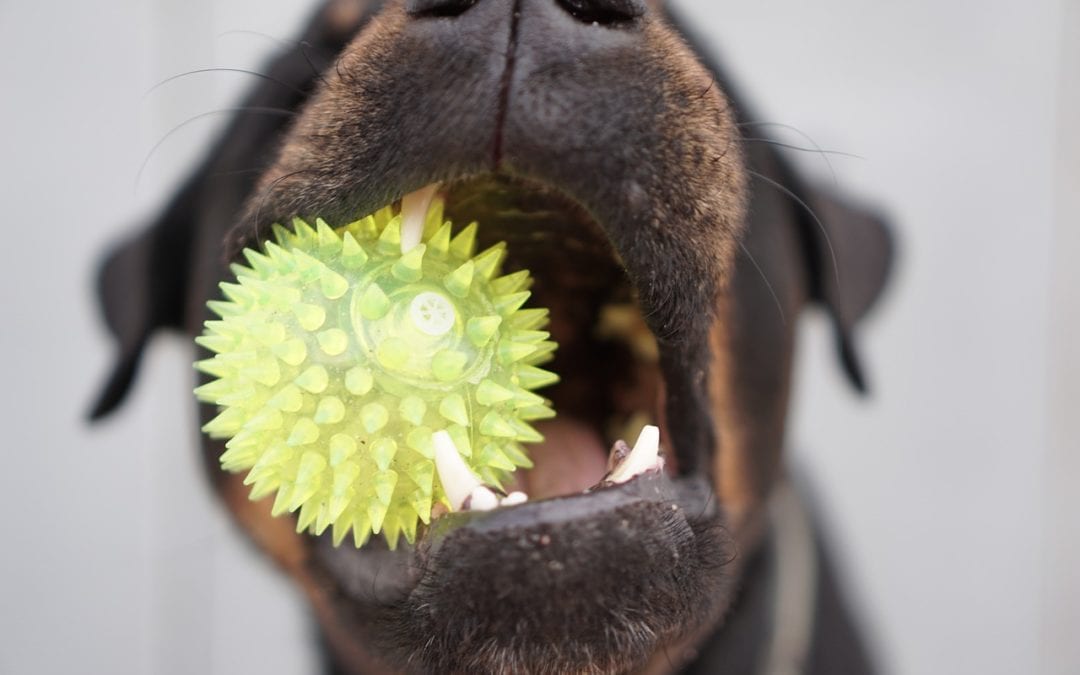A pet’s ability and willingness to eat is a very poor indicator of oral health. In nature, animals that don’t eat well starve. So, it takes a lot for a pet to stop eating.
Most people wait until there is significant disease in the mouth before doing anything to care for their pet’s mouth. At this point teeth often need to be extracted. Not only does this make the procedure more expensive, but it also increases the risk of complications for the pet as the time under anesthesia often increases.
Make Dental Care Routine Pet Care
It is important to view dental procedures for your pet as part of their routine care, a preventative procedure rather than a treatment. The key to managing periodontal disease is prevention. Your pets are constantly accumulating plaque on their teeth, over time turning to tartar. This happens in people as well, however most people brush several times a day as well as visit the dentist on a regular basis.
Health Complications Due to Dental Health Issues
The accumulation of plaque and tartar over time leads to inflammation of the gums, leading to bleeding and oral pain. The ligament surrounding the tooth begins to loosen, and over time this can lead to loose or missing teeth. Perhaps even more scary is the fact that bacteria around the tooth can gain access to the bloodstream over time, causing damage to the heart, kidneys, and other organs.
How Pet Dental Exams Work
Routine oral examinations under anesthesia should be a routine part of caring for your pet. By allowing your veterinarian to do this, you can ensure that your pet is receiving the preventative dental care needed to keep them healthy and happy. During this type of procedure a full oral exam can be conducted (only about 30% of the mouth can be visualized in an awake animal) and your pet’s teeth can be cleaned and polished adequately. Most pets can benefit from this type of procedure on a yearly basis.
Be sure to discuss oral health care with your veterinarian at your pet’s next appointment.

